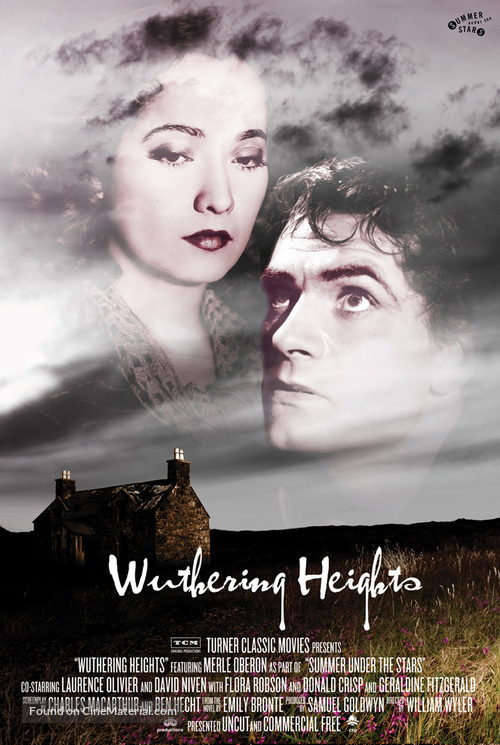

The danger, though, is that the very lack of artifice can become the artifice. Sometimes there is nothing more artistically elegant than stripping a story down to the bare essentials to get at a more naturalistic world, as director Cary Fukunaga did in his minimalist take on another Bronte sister’s “Jane Eyre” in 2011, or the ambient sounds and silences of director Kelly Reichardt’s “Meek’s Cutoff” in 2010. What’s right with the film is also what is wrong with it.

“Wuthering Heights,” her third feature, is by far Arnold’s most ambitious effort yet, but “Red Road” and “Fish Tank” are the better films. It also continues a naturalistic style that characterizes Arnold’s work, a small but strong oeuvre for the actress turned filmmaker that includes her Oscar-winning short 2003’s “Wasp.” Her first feature, “Red Road” in 2006, earned a jury award at Cannes, and 2009’s tale of a fatherless teenage girl in “Fish Tank” is excellent. The writer/director’s idea to make “Wuthering Heights” more true to the book - at least in the staging - is intriguing. Young Cathy, an excellent Shannon Beer, is very much the wild child whom Heathcliff fell for, while the woman of the manor she grew into, played by Kaya Scodelario, is refined and resentful, her recriminations spit out like broken glass.Īlthough the undercurrents are the same, much about the production feels new. The young orphan is played by Solomon Glave, the elder by James Howson both make impressive debuts. At the fore of Arnold’s vision is the brown-skinned boy Bronte imagined Heathcliff to be, a detail that injects race as well as class into the conflicts. Gone are the florid sensibility and most of the frocks that have graced many earlier adaptations, including the still-powerful 1939 version with Merle Oberon and Laurence Olivier.

Earnshaw (Paul Hilton) and christened Heathcliff Earnshaw’s daughter, Cathy, whose bond with Heathcliff seems fast and unbreakable his son, Hindley, who seethes when his father favors the boy Heathcliff’s departure and triumphant, but tortured, return the cruelty - physical and emotional - of the times and the people. In a lean script, Arnold hews closely to the fundamentals of the novel: the destitute boy brought in by Mr.
#Wuthering heights 1939 film watch movie#
Even the actors, many plucked from the Yorkshire countryside where the Emily Bronte classic is set and the movie was shot, have faces worn by that harsh clime to match the complicated emotions the author explored. British filmmaker Andrea Arnold’s “Wuthering Heights,” the newest chapter in the novel’s long, on-screen history, is so earthy and intent on authenticity that like Heathcliff and Cathy you can never escape the wind that howls across the moors, or the mud, clinging so thick on boots and body that it’s tempting to check your own.


 0 kommentar(er)
0 kommentar(er)
